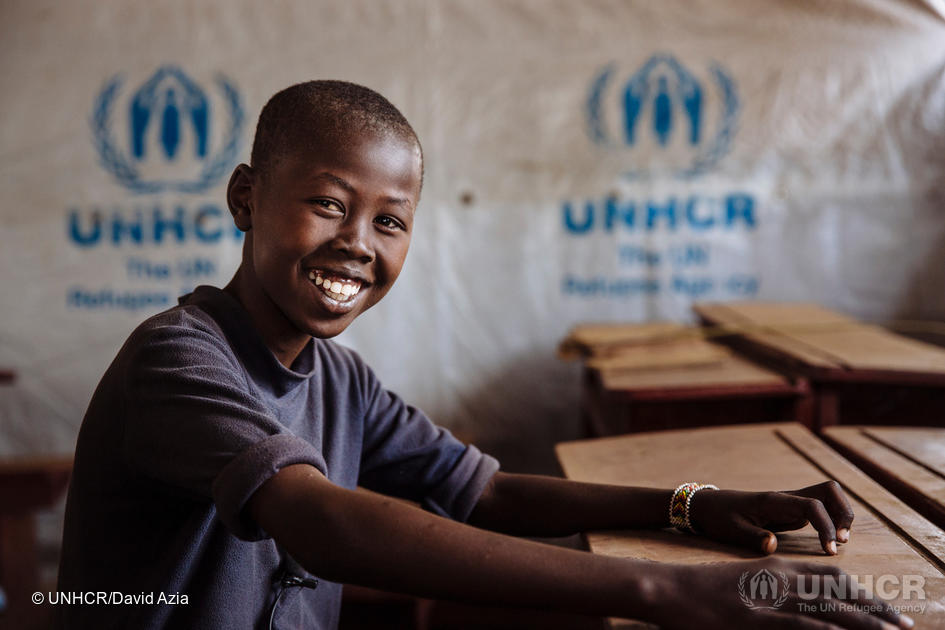Educate A Child
“Only 61 per cent of refugee children attend primary school. This is a catastrophe for refugee children, who are at the greatest risk of being left behind. UNHCR’s partnership with Educate A Child is transforming lives by giving hundreds of thousands of children forced to flee their homes a second chance at education – and a brighter future.”
UN High Commissioner for Refugees Filippo Grandi
More than half of the world’s 22.5 million refugees are under the age of 18. Access to education for children affected by conflict and persecution has never been more urgent. Only one in two refugee children have access to primary school and these children are often the most marginalized and hardest to reach due to extreme poverty, social exclusion, trauma, and language barriers.
UNHCR’s partnership with EAC gave almost 270,000 refugee children access to primary school in 2012 and 2013. A new multi-year programme will help almost 450,000 additional children to enrol in school between 2015 and 2018 in the following 12 countries: Chad, Ethiopia, the Islamic Republic of Iran, Kenya, Malaysia, Pakistan, Rwanda, South Sudan, Sudan, Syria, Uganda, and Yemen. During the first programme period (October 2015–December 2016), almost 330,000 additional out-of-school children have been able to access primary education.
The partnership with EAC helps UNHCR and its operational partners to improve the quality of teaching and learning, ensure safe learning environments for children, promote awareness and advocacy on the importance of education, and strengthen capacity and partnerships with ministries of education and others to enable more refugee children to attend school.
The partnership with EAC has also helped UNHCR to ensure that, refugees and other conflict-affected children are included in Sustainable Development Goal 4 (SDG 4) on education, ensuring education for refugees and internally displaced people (IDPs). It is also a priority of the EAC programme to support countries in their efforts to ensure that refugees are included in national education planning.
Joann is a 15-year-old girl from South Sudan who lives with her sister in Bidibidi, the world’s largest refugee settlement located in northern Uganda. “School makes me happy,” she says. “When I was in school before the war, this is when I was happiest. I want to be a doctor, so I can help people in need. I will treat people who are sick.”
Key figures – UNHCR’s 2015-2018 EAC Programme:
- Overall budget of UNHCR’s EAC multi-year programme amounts to USD 122.8 million, out of which EAC/EAA has committed USD 57.9 million.
- The programme is currently implemented in 12 countries/14 locations in Africa, Asia and the Middle East & North Africa (MENA) region: Chad, Ethiopia, Islamic Republic of Iran, Kenya (Dadaab and Kakuma), Malaysia, Pakistan, Rwanda, South Sudan, Sudan, Uganda, Syria, and Yemen (Aden and Sana’a).
- The programme will provide access to quality primary education for 448,100 refugee children.
Achievements – 2016 EAC Programme:
- 287,862 refugee children accessed quality primary education
- 5,000 teachers and education personnel trained
- 3,600 teachers supported
- 860 classrooms constructed or rehabilitated
- 850,840 textbooks and reading materials distributed
- 85,400 school uniforms distributed
- 142,690 children benefited from accelerated education programmes
- 1,563 children with special needs supported
- 8,790 children supported with cash assistance, exams or school fees
Contact us
If you are interested in exploring a partnership with UNHCR, please contact us at privatesectorpartnership@unhcr.org.

